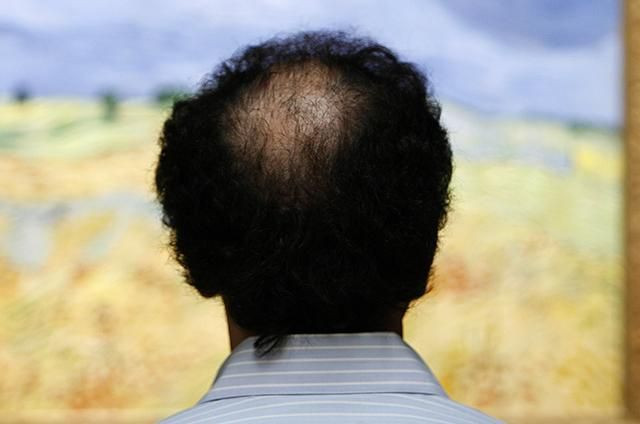Cure For Baldness Could Lie In Our Skin Cells, Hair Follicles Regrown Using Stem Cells For The 1st Time

All men, no matter how young or old, fear the onset of baldness and will do anything in their power to either reverse or prevent hair follicles from thinning. A study out of the University of Pennsylvania’s Perelman School of Medicine used human epithelial stem cells to regenerate missing or dying hair follicles in mice for the first time in medical history.
According to the American Academy of Dermatology, the most common type of hair loss, or alopecia, is hereditary hair loss which affects approximately 80 million men and women in the United States. Hereditary hair loss, also known as male pattern-baldness in men and female pattern-baldness in women, is currently treated through hair transplantation procedures, certain prescription medications, scalp reduction or expansion surgery, or laser devices that emit laser light capable of stimulating hair growth.
“This is the first time anyone has made scalable amounts of epithelial stem cells that are capable of generating the epithelial component of hair follicles,” Dr. Xiaowei “George” Xu, associate professor of Pathology and Laboratory Medicine and Dermatology at the Perelman School of Medicine said in a statement.
Xu and his colleagues from Penn and the New Jersey Institute of Technology added three genes to human skin cells, known as dermal fibroblasts, effectively converting them into induced pluripotent stem cells (iPSCs). iPSCs can replicate any cell type in the human body. In turn, these iPSCs were converted into epithelial stem cells (EpSCs).
When these newly converted EpSCs were mixed with other cells implanted into mice with compromised immune systems, not only did the implanted EpSCs produce an outer skin layer and follicles in mice that were similar to human hair follicles, but they also succeeded in creating hair shafts. These hair shafts reinforce the potential of hair regeneration. Within 18 days from the start of the study, 25 percent of iPSCs were converted into the EpSCs.
“When a person loses hair, they lose both types of cells.” Xu explained. “We have solved one major problem, the epithelial component of the hair follicle. We need to figure out a way to also make new dermal papillae cells, and no one has figured that part out yet.”
Xu added that these stem cells are not limited to regenerating hair and can be utilized in a number of scenarios including cosmetics and healing wounds. However, the research team admitted human trials involving EpSC implantation are far off. The next step in their research will look to test the same effects on dermal papillae, the second type of adult stem cell.
Source: Yang R, Zheng Y, Xu X. Generation of folliculogenic human epithelial stem cells from induced pluripotent stem cells. Nature Communications. 2014.



























